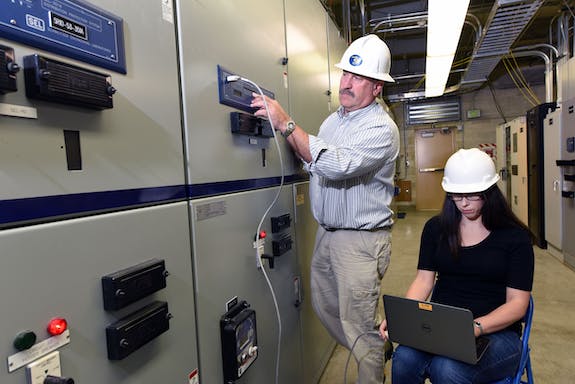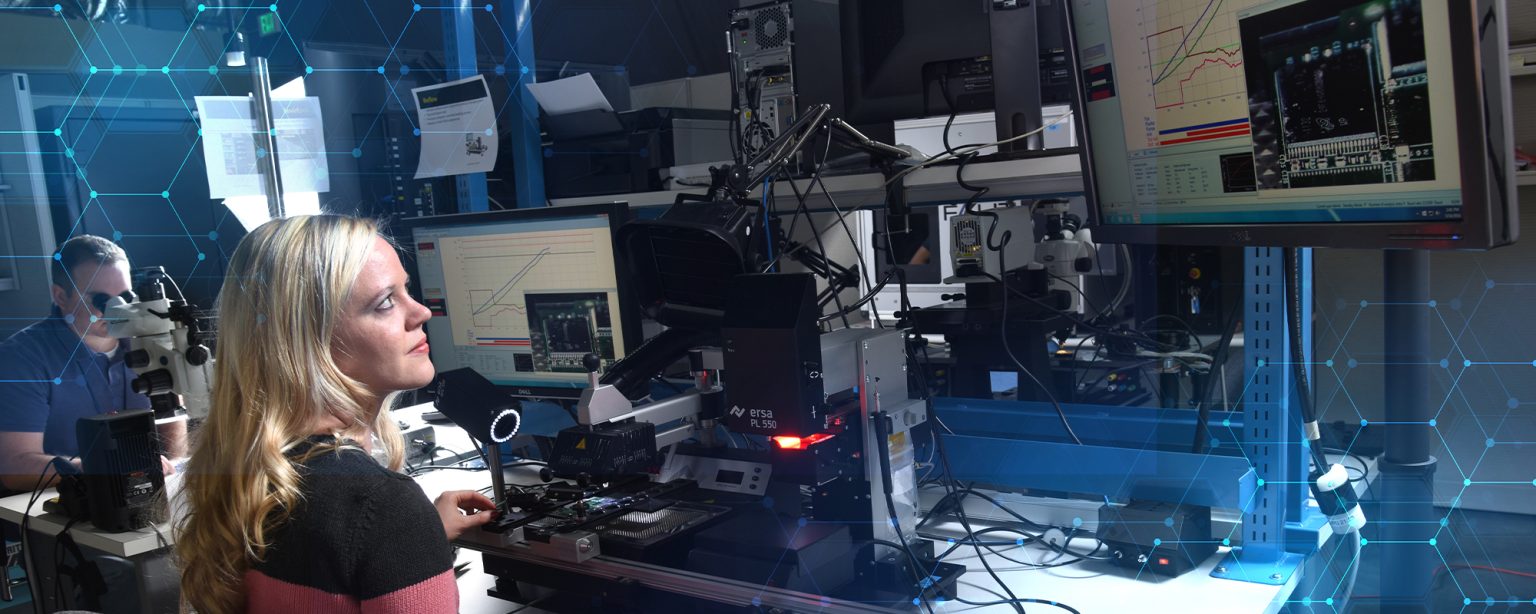Idaho National Laboratory Director John Wagner’s background is in nuclear energy. The state commission established to inform policymakers and the public about work conducted at INL is called the Leadership in Nuclear Energy (LINE) Commission.
So, one might assume that Wagner’s first meeting as LINE Commission co-chairman would focus on INL’s nuclear energy research and development.
That was not the case.
In fact, after introducing new members at the meeting on Jan. 27, the LINE Commission spent the next five hours immersed in work being conducted by INL’s National and Homeland Security (N&HS) directorate.
N&HS Associate Laboratory Director Zach Tudor offered commissioners a broad overview of his organization’s efforts to secure critical infrastructure, train first responders, and lead nuclear nonproliferation efforts.
“Not only are we engaged around the nation,” Tudor said, “we are engaged around the world.”
Asked by former INL Director Mark Peters, who continues to serve on the commission, about how N&HS will fare under a new administration, Tudor expressed optimism.
Cybersecurity, Tudor said, tends to be bipartisan or nonpartisan. “We feel we are still in a very good position,” Tudor said. “Our adversaries really don’t care who is leading in Washington.”

That sentiment was echoed by Idaho Sen. Jim Risch, who addressed the commission from Capitol Hill. Risch said that during his two terms in Congress the need for cybersecurity has grown enormously as the world and our systems become increasingly digitized.
Risch encouraged the commission to establish a subcommittee focused on INL’s cybersecurity efforts and envisioned a time when that budget would outpace funding for nuclear energy R&D. When a cyberattack occurs, Risch said, the nation turns to INL.
“The U.S. government does not call the police departments,” Risch said. “It calls the INL, and that’s something that should make us all proud.”
The commission received an update on the state-owned Cybercore Integration Center from that facility’s director, Scott Cramer.
“I believe we could quadruple in size and we still would have work to do,” Cramer said.
Cybercore Program Manager Eleanor Taylor detailed efforts to educate and train the future workforce, telling commissioners that the U.S. currently has just 10% of the expertise needed to address the cyberthreat.
“That is a national security issue in and of itself,” Taylor said.
Dan Elmore, executive director of the INL Wireless Security Institute, spoke about the lab’s expanding 5G research. And Ron Fisher, director of INL’s Infrastructure Assurance and Analysis Division, detailed how leaders at the Department of Homeland Security look to INL to secure critical systems.
New members
Wagner is not the only new co-chairman. He is joined by John Chatburn, administrator of the governor’s Office of Energy and Mineral Resources. Other new members include:
-
Brady Hall, general counsel, office of the governor
-
H. Langseth, Butte County commissioner
-
Jim Woodward, Idaho State Senate
-
Doug Sayer, president and CEO, Premier Technology
-
Rick Aman, president, College of Eastern Idaho
-
Chris Nomura, vice-president of research, University of Idaho







